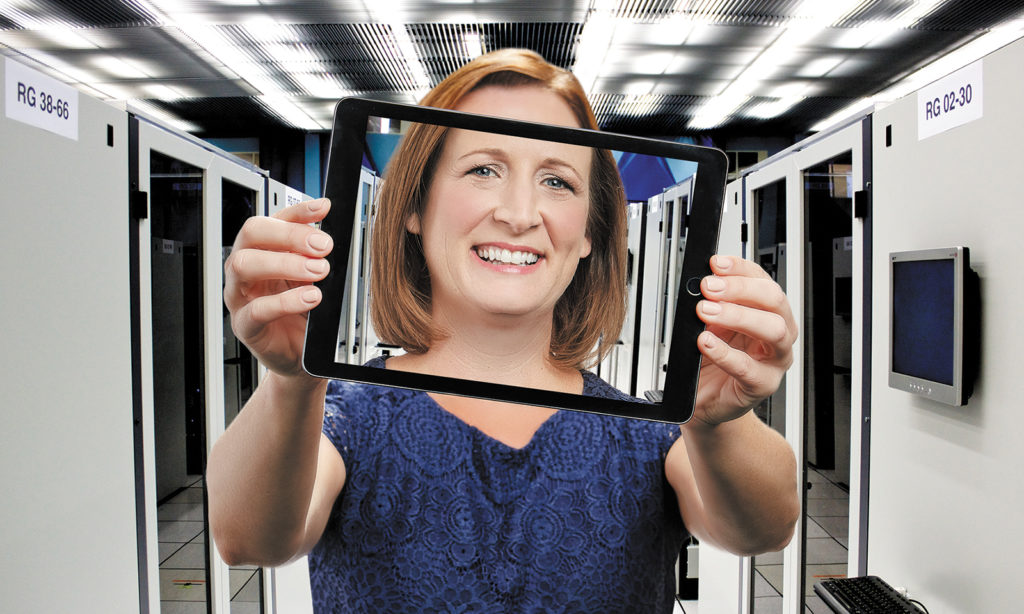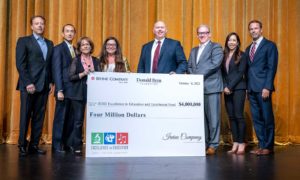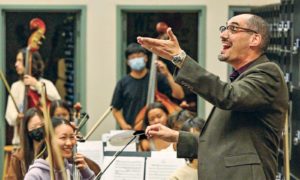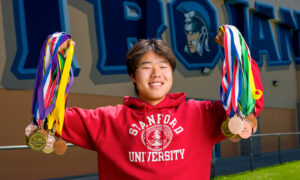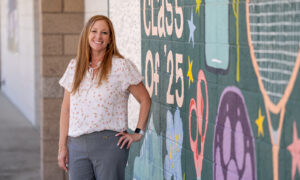With the school year in full swing, we caught up with Irvine Unified School District’s chief technology officer, Brianne Ford, to see what innovative things Irvine students are up to.
Turns out, they’re wearing 3D glasses to learn science; they’re programming robots to learn math; and they’re using 3D printers to learn engineering and art.
“Technology allows students to do deeper learning on topics they’re passionate about,” says Ford, a Stanford alumna. “That encourages curiosity and increases the chances they’ll become lifelong learners.”
Ford believes that individualized instruction, unlocked through technology, enables each student to find and realize his or her potential.
Here are several technologies that Irvine students are using in their “classrooms of the future.”
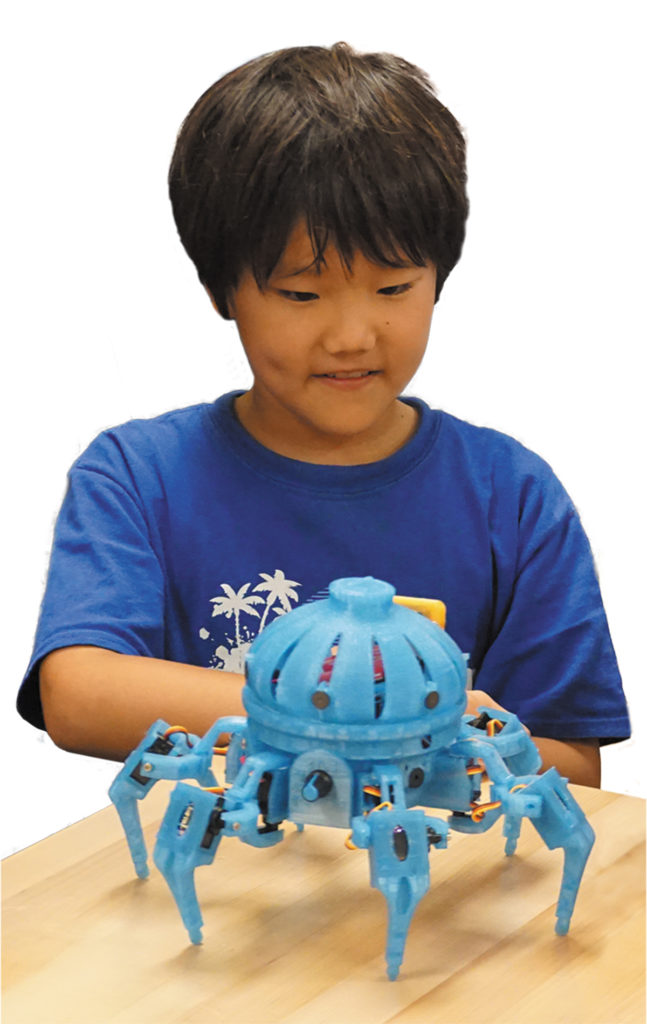 1. 3D Printers
1. 3D Printers
For the annual California Mission project, some fourth graders are using computer-aided design (CAD) software to re-create all of the architectural elements of their assigned mission and then using 3D printers to create models for display.
2. Robots
Elementary school students are using Javascript and Python programming languages to teach robots to perform tasks and move on command. Middle school students are engineering and building their own robots to compete in regional competitions.
3. Augmented and virtual reality
Students are using virtual-reality headsets to dissect “virtual” frogs and explore “virtual” human hearts. They film these experiences with 360-degree cameras to create an immersive experience shared with others.
4. Green screens
Elementary school students are teaming up to script, film and edit videos using green screens, DSLR cameras, lighting and audio gear, iMovie and Adobe Premiere. Students work in media labs called green rooms, which eventually will be in every Irvine school.
5. Laptops for all
IUSD provides 38,000 laptops and iPads to students – up from 3,000 laptops three years ago. The devices are found in almost every classroom, allowing students to learn at their own pace, based on their own needs.

